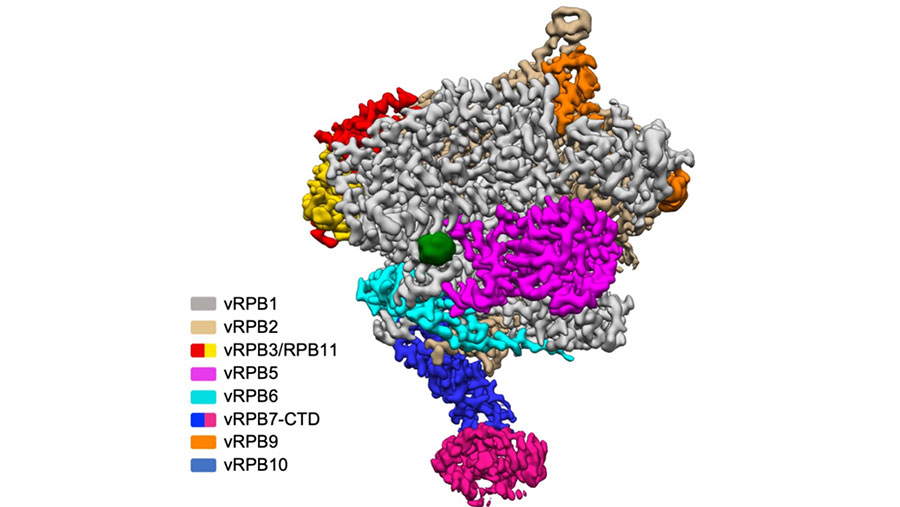The Pirbright Institute and UCL experts have joined forces to research the ways African Swine Fever Virus (ASFV) enters and replicates itself in pig cells.
While not deadly to humans, the ASFV has had devasting effects across the pig industry as farmers are having to slaughter unprecedented levels of swine to curb the spread of the virus.
Reports show that 27 European countries have now recorded presence of the disease in domestic swine, which has a mortality rate of up to 100%.
Led by Professor Finn Werner, scientists at the UCL Institute of Structural and Molecular Biology have taken a major step forward in discovering how ASFV genes become active in normal swine cells.
A breakthrough paper published in Nature Communications shows how researchers assembled proteins made up of the ASFV RNA to produce an “active complex” that helps to understand genes and produce mRNA.
See also: Meat processors warn of damage to food industry of increased immigration salary cap
Using a process called cryo-electron microscopy – which allows for the recording of how biomolecules move and interact – they have been able to calculate the molecular structure of the RNA in new levels of detail.
This in turn means the team of Pirbright scientists can explore factors that affect how ASFV replicates itself once swine has been infected.
Pirbright’s co-leads Dr Linda Dixon and Dr Chris Netherton, said: “Studying how viruses enter and replicate in the hosts cells is of fundamental importance to understand how to tackle disease”.
“Knowledge of the RNA polymerase structure and the availability of an active enzyme is an exciting development and will allow for faster screening of antiviral compounds to find those with sufficient specificity and selectivity to be used to control ASFV.
“Our role in the study will be to identify other accessory virus and host factors involved in regulating the temporal expression of ASFV genes and the packaging of the virus RNA polymerase into particles ready to start a next round of infection.
“This information is critical to understand the ASFV replication cycle and potential host factors that may limit virus replication.”
More information about The Pirbright Institute’s work on ASF can be found here.




